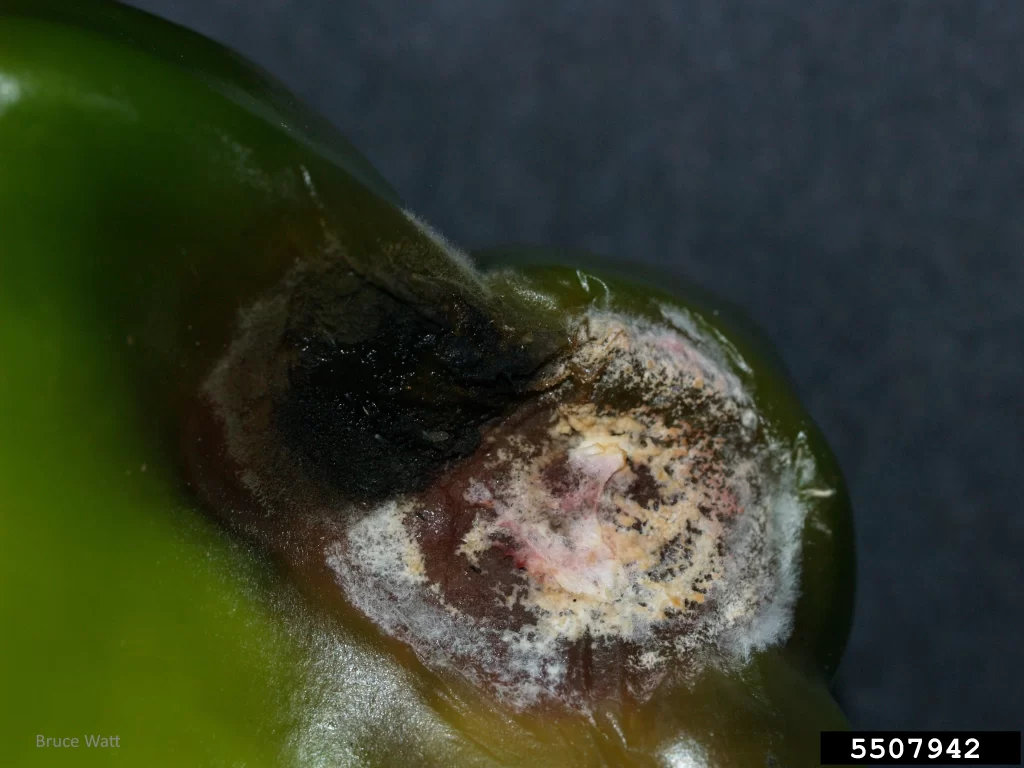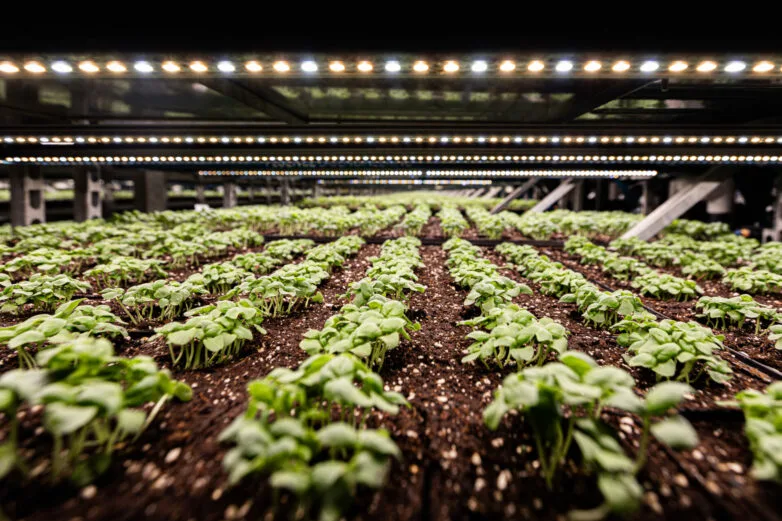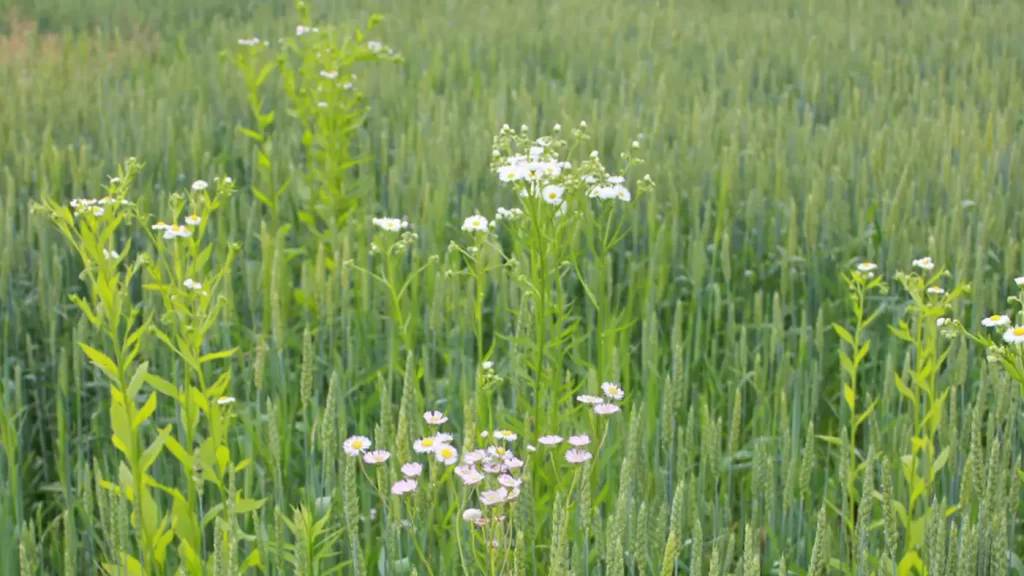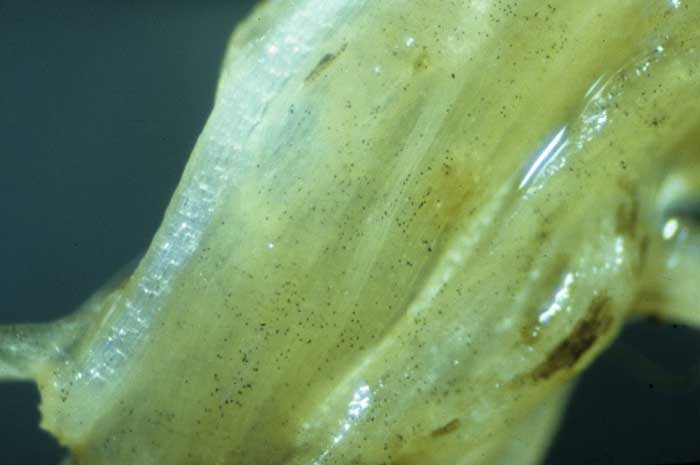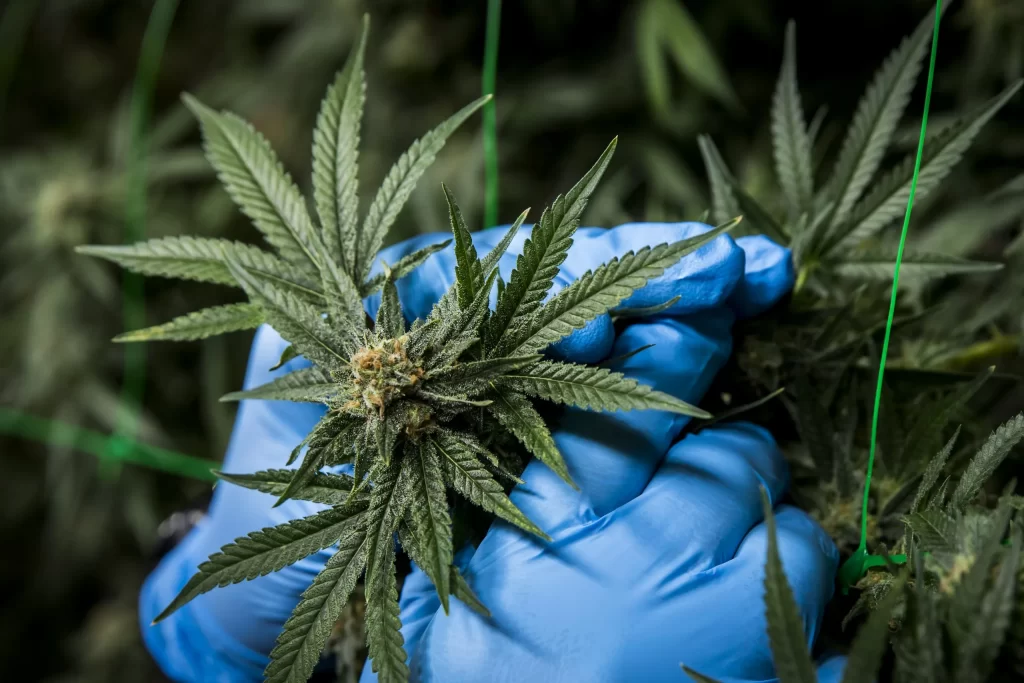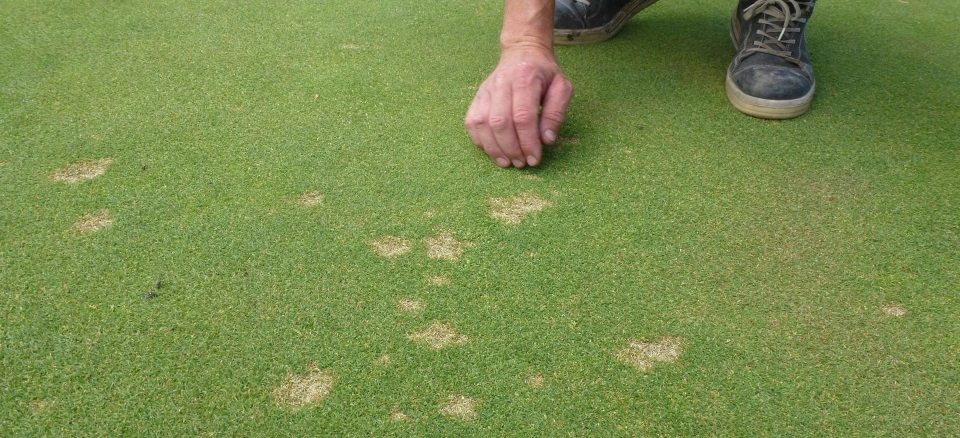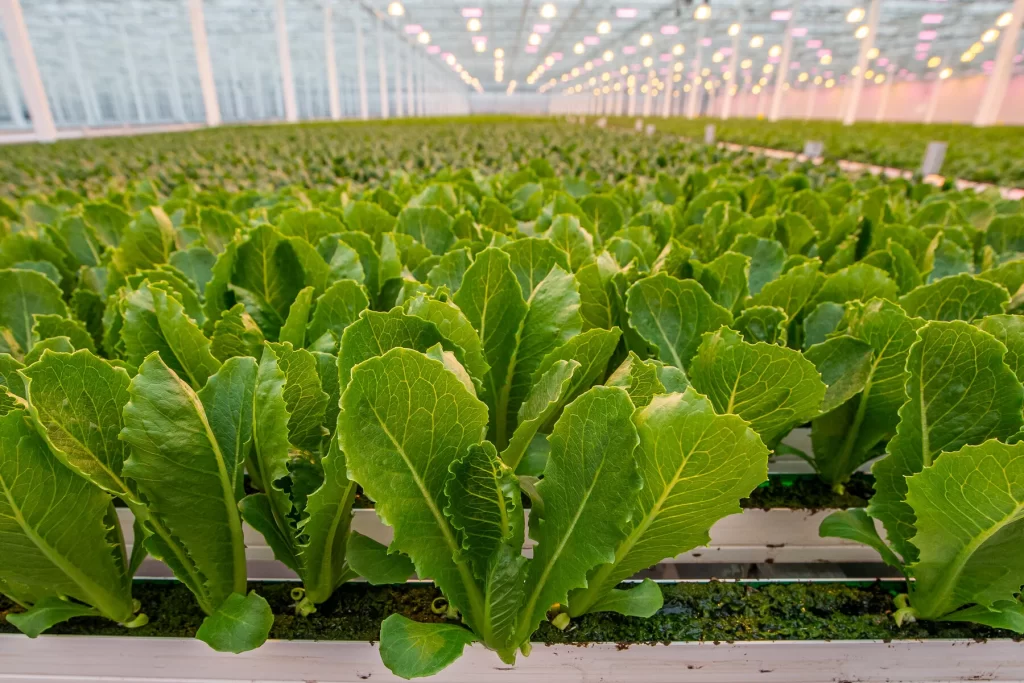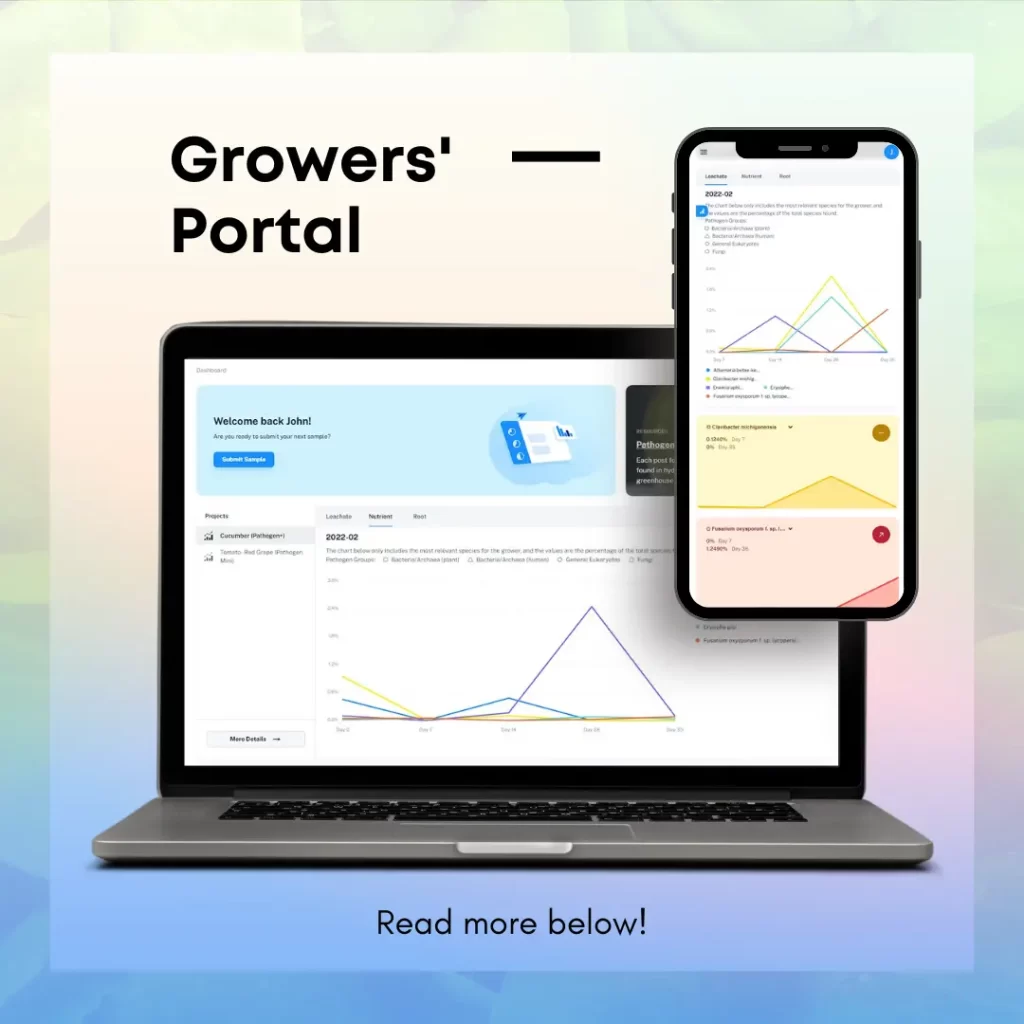Plant Microbiome 101 Introduction to a Plant Microbial Universe As a hydroponic grower, you might wonder what’s happening beyond the visible spectrum of your plants. Especially today, when microbial inoculants are on the rise. A great starting point is a review paper by Pankaj Trivedi and a team of international authors published in the Nature […]
Banner Image by Bruce Watt, University of Maine, Bugwood.org. https://www.invasive.org/browse/detail.cfm?imgnum=5507942& Fusarium oxysporum f. sp. capsici Introduction Fusarium oxysporum f. sp. capsici is a soil-borne fungal pathogen that poses a significant threat to pepper crops. This pathogen is responsible for Fusarium wilt, a devastating disease that can lead to substantial yield losses. The economic impact of […]
How Microorganisms Help Farms with The USDA Organic Label Microorganisms are crucial for farms trying to attain or maintain a USDA Organic Label. This blog will explore the label itself, the requirements of the label, how microbes work in organic farming and how they can work for indoor organic agriculture. USDA Organic Label The United […]
Herbicide-Resistance and Genetic Testing The modern farmer faces various challenges, from fluctuating market demands to the unpredictable whims of Mother Nature. Of all these challenges, the rise of herbicide-resistant weeds has rapidly emerged as a pressing concern. In Canada alone, weeds cost growers over half a billion dollars annually in replacement herbicides and reduced crop […]
Olpidium brassicae Introduction Olpidium brassicae is a common fungal parasite that infects the epidermal cells of plant roots, particularly those in the Brassicaceae family and tobacco plants [1]. It is commonly known as seedling blight of tobacco or seedling disease of cabbage. This pathogen has a significant economic impact on agriculture, as it can reduce […]
Olpidium virulentus Introduction Olpidium virulentus is a parasitic fungus that infects plant roots, including leafy greens grown hydroponically. The pathogen can transmit two serious viruses: Lettuce big-vein associated virus (LBVaV) and Mirafiori Lettuce Big Vein Virus (MLBBV), causing a decrease in overall yield. Olpidium virulentus does not cause significant plant diseases but is a vector for viruses […]
Hop Latent Viroid Introduction Hop Latent Viroid (HLVd or HpLVd) is a significant concern for growers, particularly those cultivating hops and cannabis. This pathogen can have a considerable economic impact on the industry, leading to reduced yield, quality, and plant longevity[1-2]. A comprehensive economic study has summarized the economic impacts of diseases on specialty crops, […]
Clarireedia spp. What is Clarireedia spp.? Our guest writer Jessica O’Hanlon, from Earth Microbial, is very familiar with the fungus Clarireedia spp. With golf season approaching for the northern areas, and at the request of our readers, we invited her to write this blog about this grass pathogen. It causes a common turfgrass disease known […]
Pathogen Mini for Food Safety Assurance and Beyond According to the Public Health Agency of Canada, foodborne illness affects an estimated 4 million Canadians yearly [1]. This is equivalent to approximately 1 in 8 Canadians becoming ill due to foodborne pathogens. Common foodborne pathogens in Canada include Salmonella, E. coli, Listeria, and Campylobacter [1]. At […]
Track Your Microbiome with Ease: Introducing the Growers’ Portal If you’re a farmer or indoor grower, you know how important it is to maintain the health and robustness of your plants. The microbial communities (microbiomes) in hydroponic systems play a crucial role in determining your plants’ overall health and yield. To help you easily track […]



